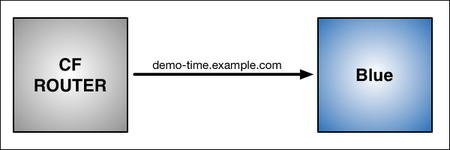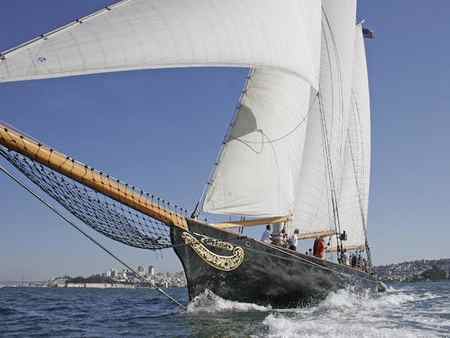On the other hand, cyan formed under the RGB color model is used for digital displays such as LCD monitors, digital cameras, and scanners.
What Color Does Green and Blue Make?

It’s time for another addition to our color mixing chart experiments! This time we will be investigating the question: what color does green and blue make when the two are combined?
As background, I’m a teacher and artist who has delighted in discovering what happens when you swirl together different beautiful paint pigments. Some of the combinations have been mighty surprising — especially the answer to “What does purple and green make?” Today’s illustrations will show still more surprises.

Blue and Green Make…
Blue is a primary color (along with red and yellow). Green is a secondary color (a mix of two primary colors — in this case, blue and yellow). When you mix a primary and secondary color you get what’s called a tertiary color.
When they are formed from analogous colors, two hues right next to each other on a color wheel, a bright and pleasing hue results: intermediate colors. The tertiary color created by combining green and blue is… teal — a gorgeous and calming blue-green!
Love intermediate colors? Check out my recent post on how to make magenta: the result of mixing the primary color, red, with the secondary color, purple, and my exploration on how to make chartreuse: yellow plus green. Oh, and let’s not forget the other tertiary friends, vermillion color: the result of red plus orange, and how to make violet: blue plus purple.

How to Make Teal
Now, there are so many different types of blue and green, and each has a variety of shades (amounts of white or black added). This means that the type of teal you get when you mix green with blue varies widely, depending on the “ingredient” hues you choose, and the ratio of each. For example, adding teal to green creates viridian color.
See my illustration above to see what I mean. In the top row, I’ve mixed very light-colored blues and greens, and the resulting teal is the color of a Caribbean sea — almost azure color. In contrast, the teal at the bottom is made from darker ingredient colors, and results in an almost emerald green hue.
So, What Color Does Green and Blue Make?
You can now sing it from the rooftops: the answer to “What do blue and green make?” is TEAL: a luscious blue-green. Unlike the muddy results when complimentary (opposite) colors are combined — as happens with mixing red and green, orange and blue, or yellow and purple — tertiary colors like teal are bright and happy. Enjoy using teal for all your fashion and art needs!
The author and artist, Lillie Marshall, is a National Board Certified Teacher of English who has been a public school educator since 2003, and an experienced Reiki practitioner since 2018. All art on this site is original and hand-drawn by Lillie. She launched DrawingsOf.com Educational Cartoons in 2020, building upon the success of her other sites, AroundTheWorldL.com (established 2009), TeachingTraveling.com (founded 2010), and ReikiColors.com. Subscribe to Lillie’s monthly newsletter, and follow @WorldLillie on social media to stay connected!
Primary Colors
For us to fully understand what new colors can be formed when green and blue are combined, we have to get to the basics first.
In color mixing, understanding primary colors are the first thing to know. There are three primary colors in the color wheel, these are red, blue, and yellow.
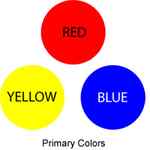
In your primary school, your teacher might’ve told you that you cannot mix any other colors to create primary colors.
This idea isn’t entirely correct because primary colors can be formed by mixing secondary and tertiary colors using a different color theory with the RGB Model.
For example, red is formed when you mix magenta and yellow. If you want to make blue, you just need to combine magenta and cyan.
Finally, to make yellow, you need to mix red and green.
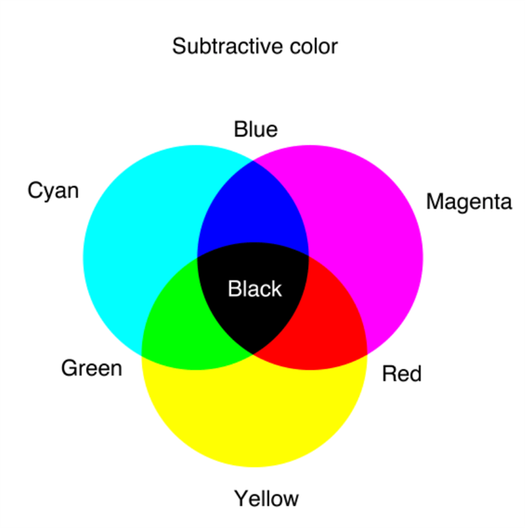
Secondary Colors
Now that you understand how to make primary colors, let’s move forward to making secondary colors: orange, green, and violet.
These three are products of mixing primary colors with one another. In the color wheel, these colors sit between the primary color they are from.
This means, orange is between yellow and red, then green is between yellow and blue, and violet is between red and blue.
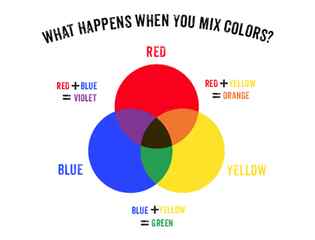
Secondary colors are as important as primary colors because these can be used to create the next set of colors, the tertiary colors.
Tertiary Colors
The resulting colors formed from mixing equal amounts of primary and secondary colors are called tertiary colors.
There are six major tertiary colors, namely: red-orange, yellow-orange, yellow-green, blue-green, blue-violet, and red-violet.
In the color wheel, tertiary or intermediate colors sit between primary and secondary colors.
The hues that sit next to each other, or flatter each other, are called analogous colors.
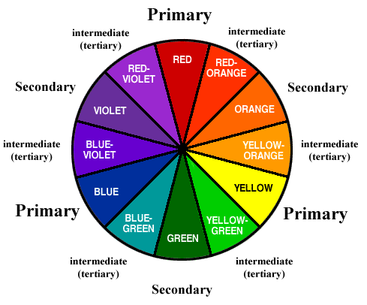
Painters make use of analogous colors to create light contrast and add an accent to each color.

